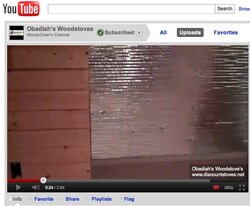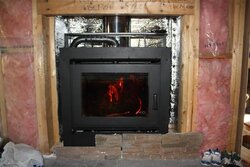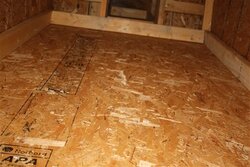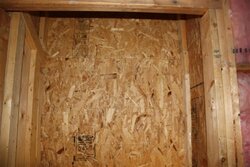I noticed this video on YouTube where the installer removes all the sheathing down to the studs. Then he staples reflective insulation to the studs. The reflective insulation is covered with Durock. The seams where the sheets of Durock meet are covered with thinset mortar. Steel studs were screwed to the Durock and then the studs are covered with Durock, creating a 1.25" air space.
The reflective insulation comes in rolls. I think the core is some sort of plastic with air bubbles in it. Both sides of this insulation are coated with this reflective surface.
The question I have is this: has anyone else used this sort of reflective insulation under their first layer of Durock? Does it do much? Is it work spending the money for it?
The reflective insulation comes in rolls. I think the core is some sort of plastic with air bubbles in it. Both sides of this insulation are coated with this reflective surface.
The question I have is this: has anyone else used this sort of reflective insulation under their first layer of Durock? Does it do much? Is it work spending the money for it?





